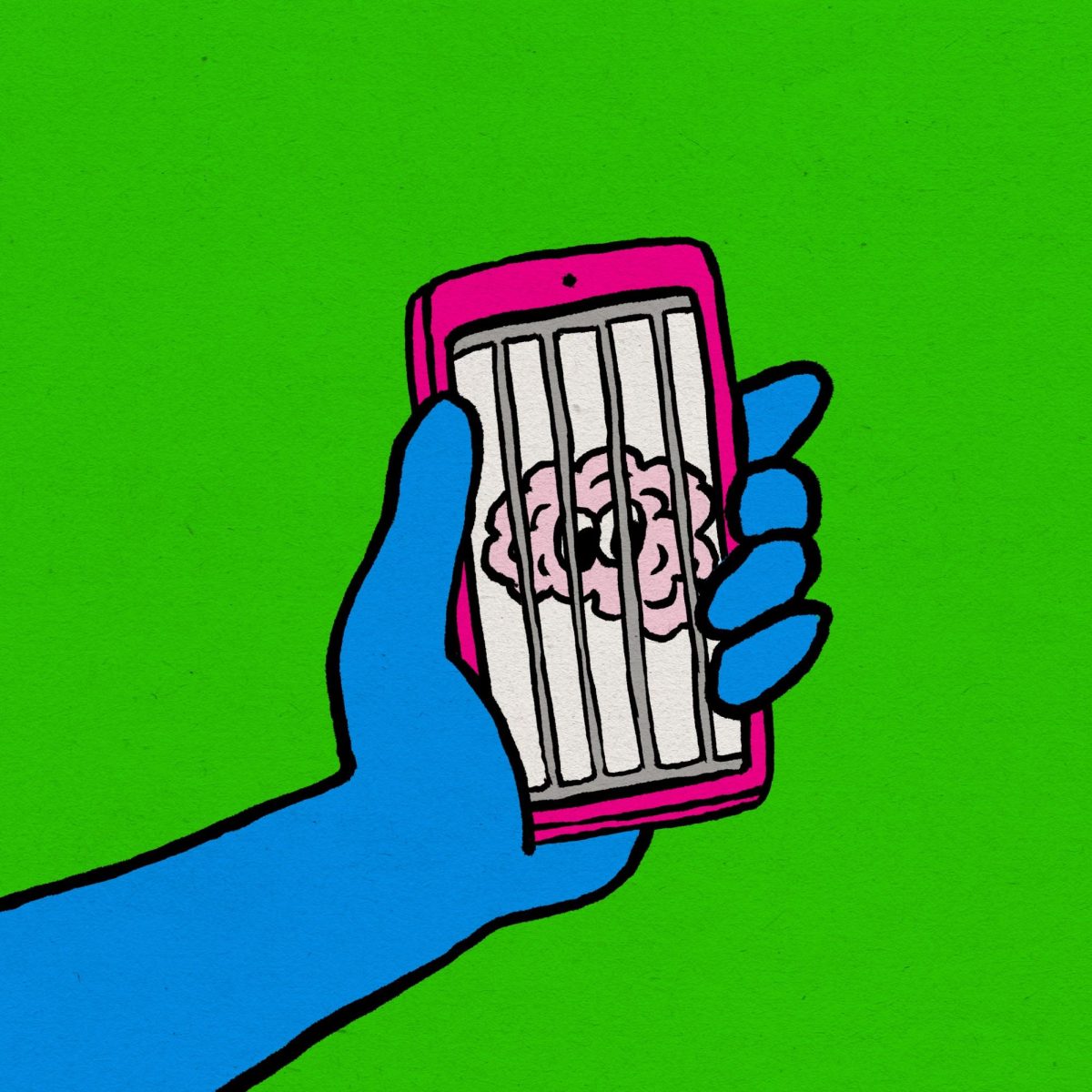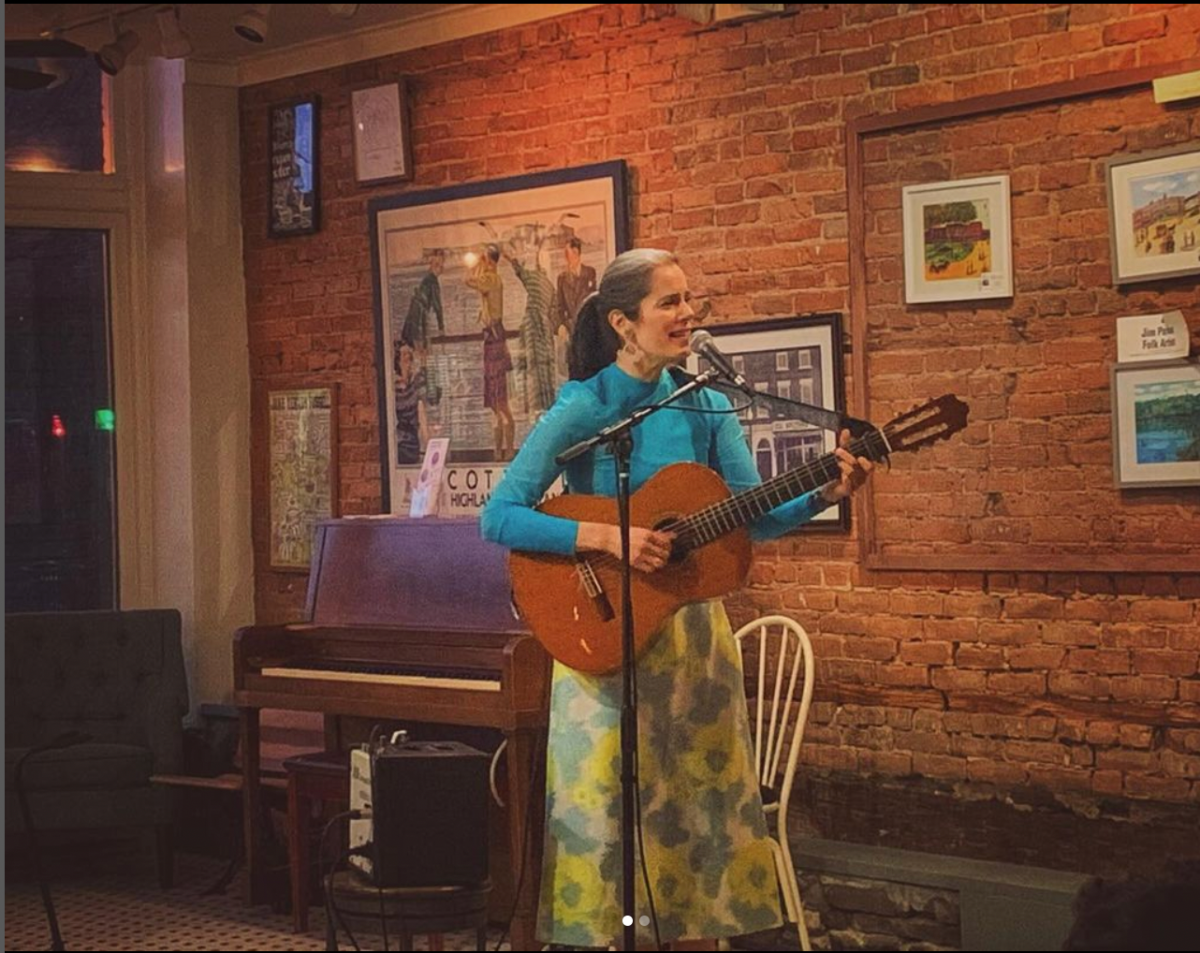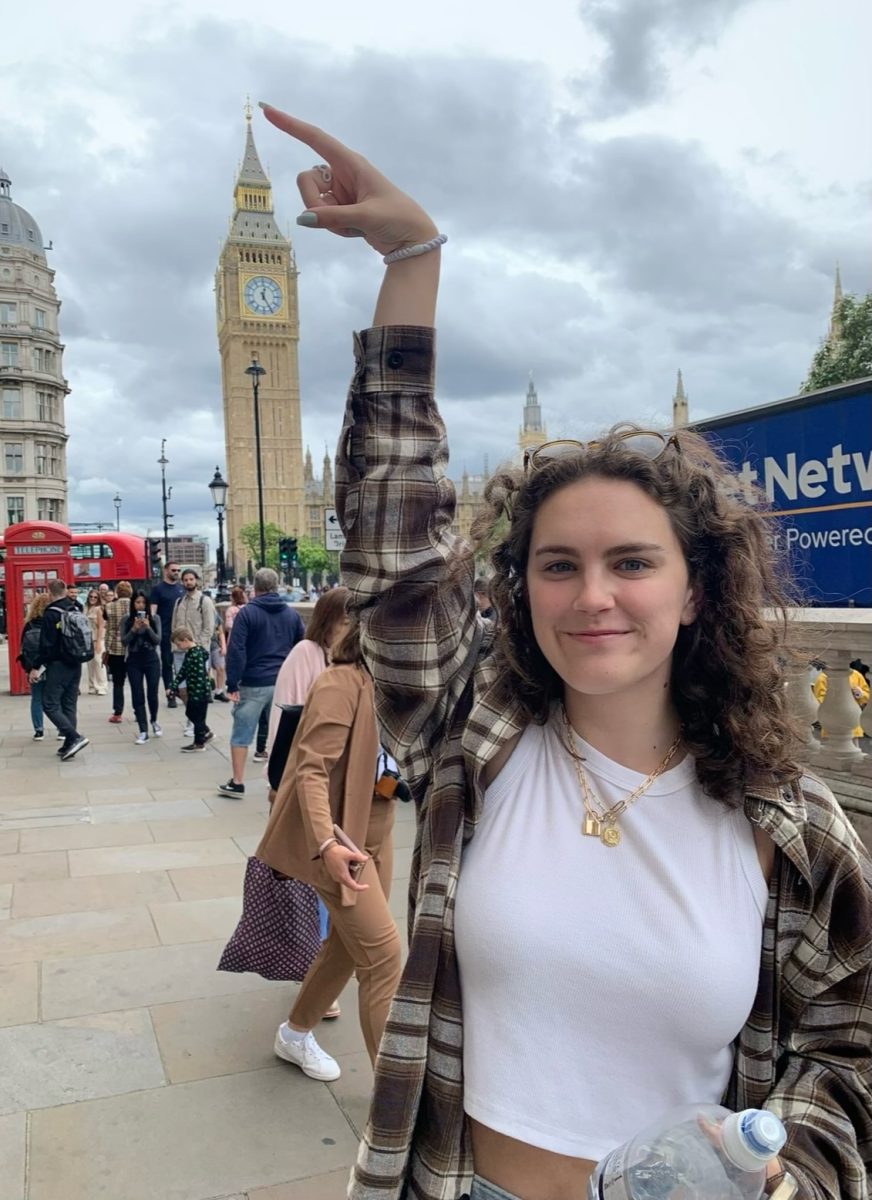To many Americans, the Western aesthetic is a centerpiece of nostalgia. Despite the genre’s diminished popularity (I couldn’t tell you the last time I watched a true Western movie), mental images of cowboys before orange sunsets or shootouts outside saloons remain curiously easy to evoke. Because the Western genre has always prioritized its visuals, imagination and wonder assume the forefront of any watching or reading experience. Stunning visuals provide a familiar foundation for Cormac McCarthy’s “All the Pretty Horses,” a Western-style novel set near the Texas-Mexico border in the 1940s. McCarthy’s growling narrative is sparse in punctuation, following a year in the life of 16-year-old John Grady Cole, an insular boy with a talent for training and breaking horses who finds comfort at a horse’s side. Predictably, he’s not a people person. Talking to John Grady is like talking to a mannequin.
McCarthy makes this much immediately clear: John Grady intends to live life as a cowboy atop a horse, surrounded only by cattle and vast Texas plains. However, his calling is threatened when his mother decides to sell his family’s Texas ranch. With no land to roam, John Grady is devastated. His response is swift. Alongside his trusty companion – and fellow cowboy enthusiast – Lacey Rawlins, John Grady embarks on a horseback journey across the Rio Grande, crossing into Mexico to seize the idyllic cowboy life he so yearns to lead.
Almost nothing goes according to plan. Along the way, the pair soon encounter Jimmy Blevins, an even younger runaway atop a suspiciously beautiful, well-muscled horse. Since John Grady and Lacey are both horse experts, they question the legitimacy of Jimmy’s ownership. The next night the horse runs off, and when the boys pursue her to the nearest town, they are accosted at gunpoint by the villagers, who, in untranslated Spanish – this remains the case throughout the novel, brutally accuse Jimmy of stealing the horse from the town stables. Though the accusation has merit, there’s no time to discuss its validity; John Grady and Lacey slip away, venturing further south into Mexico. Jimmy falls behind and loses contact with the others.
Roaming across the Mexican ranchlands, John Grady’s skills don’t go unnoticed for long. Don Hector, a wealthy ranch owner who’s impressed by John Grady’s riding ability, quiet intelligence and gritty, ranch-friendly resolve, offers him a job training young horses. Lacey finds less glamorous work in the stables. The novel’s turning point, however, lies in a startling infusion of romance: a fleeting yet intense affair between John Grady and Don Hector’s enchanting daughter, Alejandra Rocha y Villareal. In many ways, Alejandra is John Grady’s perfect counterpart. With her, John Grady opens up — and grows up, too. I found their relationship an unexpected yet welcome rollercoaster of emotions.
A few months after finishing “All the Pretty Horses,” I’ve realized that it’s a pretty special book. While possessing many common tropes of a Western, the novel separates itself through an unexpected focus on themes of gender and honor in mid-20th century Mexico (courtesy of Alfonsa, Alejandra’s great aunt and a key antagonist). Although I didn’t expect McCarthy to explore these themes, I learned a lot from their inclusion.
The novel’s romantic element was my favorite aspect, due in part to McCarthy’s infamous reluctance to write about women. His 2007 interview with Oprah is especially revealing. When confronted on the subject, McCarthy at first appeared disarmed, but after a short pause, he offered a pointed, fairly ironic retort: “I’ve been married four times,” McCarthy muttered through his hand, “and I still don’t know much about women. They’re too mysterious.” Sobering rhetoric aside, this book proves its author wrong. Alejandra and Aunt Alfonsa are much more than vehicles for John Grady’s self-discovery; they are the beating heart of the novel. Without them, “All the Pretty Horses” would be a one-dimensional tale of runaways on horseback, a hollow, plot-driven story without historical context or social commentary. McCarthy might be selling himself short.
If you choose to read “All the Pretty Horses,” expect two commas and three periods per ten pages, but also expect thrilling, flash violence and the spark of young love, all set against a backdrop of open flatland and distant mountains, powerful visuals which convey the nostalgic staying power of the Western genre. By harkening back to the natural simplicity of the American frontier, Cormac McCarthy delivers an entertaining and dazzling novel. I can’t recommend it enough.
Rating: 4.5/5















